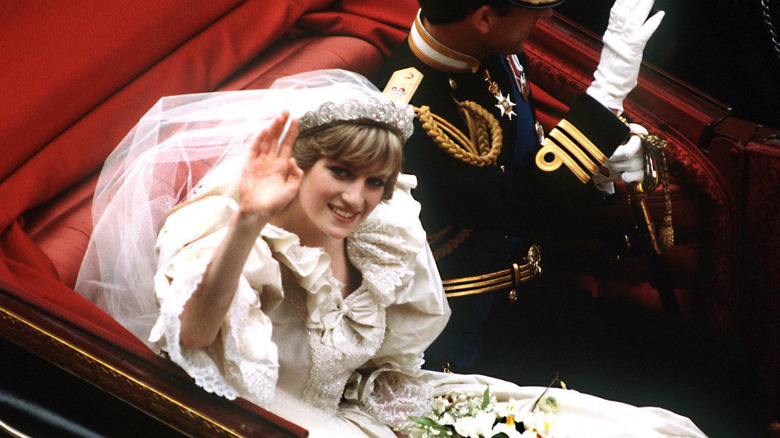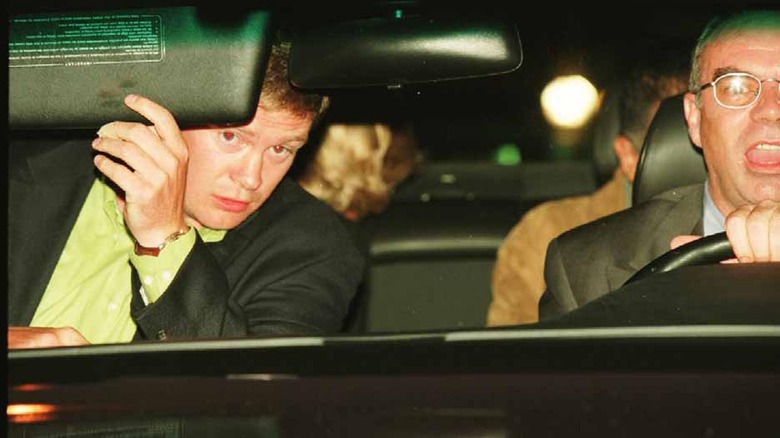The Mercedes-Benz That Princess Diana Tragically Died In
Lady Diana Spencer married Prince Charles in 1981, and in doing so, she became the first Englishwoman in over 300 years to marry an heir to the throne and the first to hold down a paying job, thus cementing her role as the People's Princess.
A year after Diana divorced Prince (now King) Charles, she died on the evening of August 31, 1997, after the Mercedes-Benz S-280 in which she was a passenger crashed into one of the pillars of the Pont d'Alma Bridge in Paris. Sadly, the S-280 joins a long line of other cars associated with celebrity deaths.
Years after, questions and conspiracies lingered around virtually every aspect of the tragic accident, such as how fast the car was going, whether it was involved in a previous wreck and even safe to drive, and theories that Diana was secretly pregnant.
London's Metropolitan Police even had to launch a special investigation – codenamed Operation Paget – to sort through all the facts, evidence, and litany of conspiracy theories. What they discovered was a combination of events led to the death of not just the Princess but her romantic partner, Dodi Fayed, and the car's driver, Henri Paul.
Earlier that evening, the couple were trying to have a nice, quiet dinner at the Ritz Hotel, but patrons and paparazzi became such a bother that the two decided to leave and retreat to al-Fayed's apartment.
Leaving the hotel
Like a scene ripped straight from a spy thriller, a decoy vehicle departed the hotel from the front while Diana and Dodi Fayed scampered out through the hotel's back entrance in the Mercedes S-280.
The model year Diana was riding in has been reported to be 1996, the same year Mercedes began making all of its S-class cars with front and side airbags as standard equipment. This car did have airbags, but since Diana and al-Fayed were in the back, it ultimately didn't factor into their protection. It was powered by a 6-cylinder, 186.6 hp engine with a top speed of 131 mph.
The S-280 had a reinforced chassis and roof, which, in theory, would help prevent it from collapsing. It was also equipped with front and rear crumple zones (sections of the car explicitly built to absorb the shock and energy of a collision), anti-lock brakes, and electronic traction control. On board was an Electronic Stability Program (ESP), a computer-controlled safety feature that detects when a car is skidding and automatically applies the brakes to specific wheels to counteract the skid and stabilize the vehicle.
Unfortunately, the paparazzi didn't take the bait and chased the real S-280 through the streets of Paris. Early claims suggested the Mercedes was traveling over 100 mph (possibly as high as 120 mph), but the police concluded it was closer to 60 mph.
The accident
The car hit the bridge pillar so hard it forced the radiator into the front seat and caved the roof in (despite the extra reinforcement). One safety expert said it wasn't "so much the speed of the car, but the angle of impact" and pointed to the roof as a car's weakest point. A Mercedes-Benz spokesman said the accident was too "catastrophic" for the S-280's safety systems to manage.
Police found that Henri Paul (the driver) was both drunk and taking prescription anti-depressants at the time of the crash, and in the end, ruled that both Paul and the paparazzi were grossly negligent for the "unlawful killings" of all involved. However, no one was formally charged. Furthermore, the jury believed that if Diana and Dodi Fayed had worn seatbelts, they may have saved their lives.
According to reports, the vehicle bounced back and forth between French and British hands while the respective investigations played out. Both promised it would be destroyed upon the conclusion of those investigations. However, in 2017, The Sun (a British tabloid) reportedly uncovered that it was sitting in a shipping container in a junkyard in Paris.
In 2022, the owner of the S-280 – Jean-Francois Musa, who ran Etoile Limousines, where the car was "rented" — says it's still legally his and wants it back.

